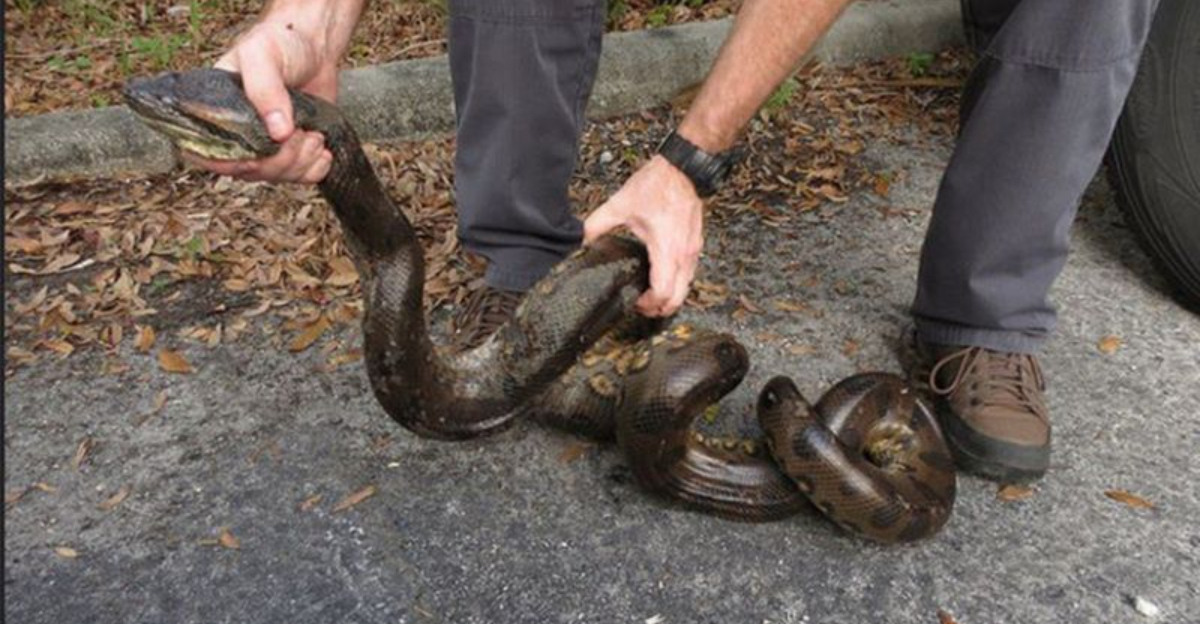Living in the Sunshine State with a slithery friend comes with its own unique set of challenges and rewards.
I’ve discovered there’s much more to reptile parenting than meets the eye. Whether you’re considering your first scaly companion or are already a seasoned snake enthusiast, these surprising facts about snake ownership in Florida might just make you see things differently.
1. Permit Requirements For Wildlife As Pets

Getting proper paperwork for your pet snake in Florida isn’t just bureaucratic nonsense—it’s essential protection for our ecosystem.
Class I and II wildlife permits cost between $50 and $250 annually, plus you’ll need proof of experience and proper facilities.
Remember that permit renewal deadlines are strict, and missing them means potentially surrendering your pet. Some species require additional licenses from both state and federal agencies.
2. Escaped Pets Contribute To Invasive Species

Hurricane Andrew in 1992 unleashed more than destruction—it released countless exotic snakes into the Everglades. Now Florida battles over 500 non-native species, with Burmese pythons being the poster child for ecosystem devastation.
Double-securing enclosures isn’t paranoia—it’s responsible ownership. Every escaped pet potentially contributes to Florida’s $120 million annual invasive species management costs.
Proper locks, escape-proof vents, and regular enclosure maintenance are non-negotiable in this state.
3. Strict Regulations Apply To Certain Species
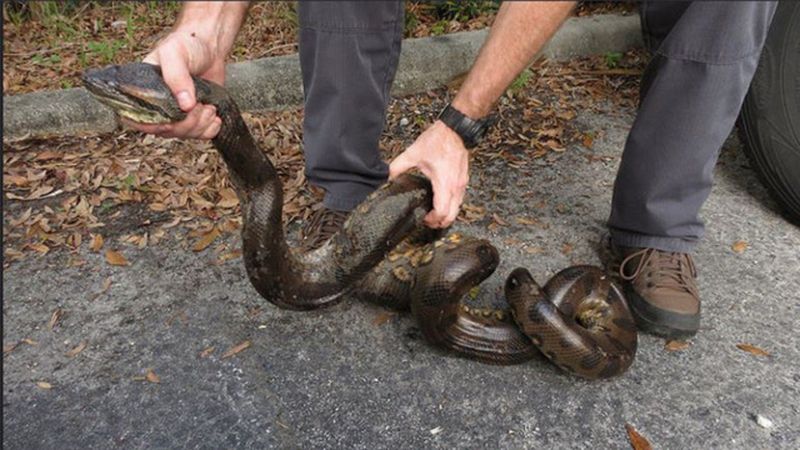
The state classifies certain snakes as “Conditional Species” or outright prohibits them due to invasive potential.
Burmese pythons, reticulated pythons, and anacondas require special permits and microchipping. Even some seemingly harmless species face restrictions because of their potential impact on native ecosystems.
Before bringing home that beautiful boa, check the Florida Fish and Wildlife Conservation Commission’s updated regulations.
The rules change frequently, and what was legal last year might land you in hot water today!
4. Non-Venomous Snakes Are Common And Beneficial
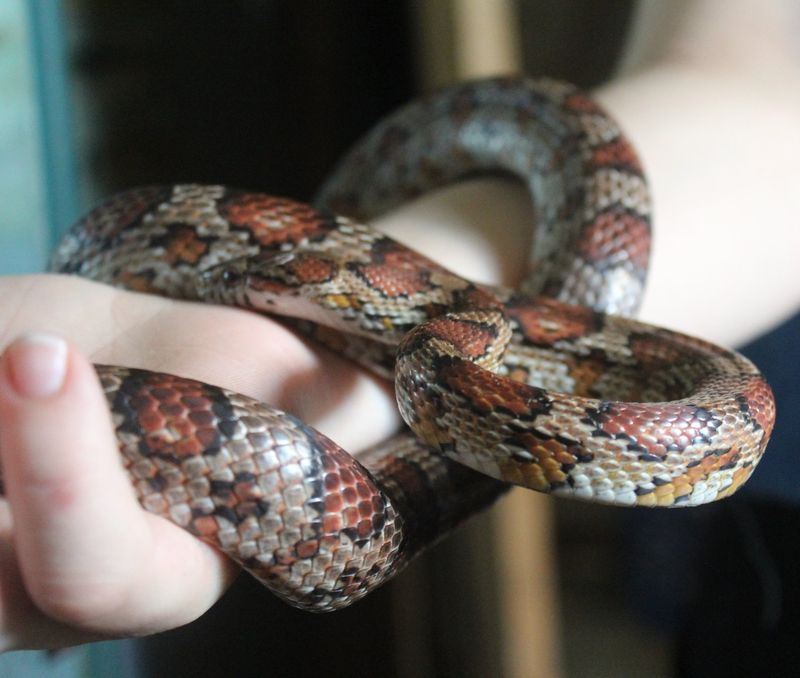
Contrary to the fear-mongering headlines, most pet snakes in Florida are harmless, docile creatures. Species like corn snakes, ball pythons, and king snakes make excellent companions while posing zero threat to humans.
These reptiles actually benefit our environment by controlling rodent populations—one reason why native species are protected.
Florida’s native snakes consume thousands of disease-carrying rodents annually, reducing the need for harmful pesticides. Appreciating this ecological role helps shift public perception from fear to respect.
5. Climate Considerations Are Crucial
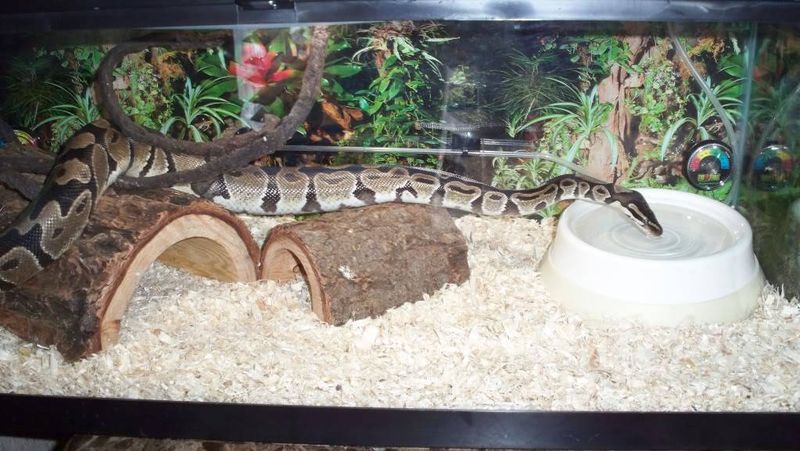
Florida’s humidity is both a blessing and a curse for snake keepers. While tropical species thrive here, maintaining proper enclosure conditions requires vigilance unlike anywhere else in the country.
The flip side? Florida’s natural climate means lower heating costs for warm-weather species. Still, the extreme summer heat requires cooling solutions to prevent overheating.
Monitoring both temperature and humidity becomes second nature for successful Florida snake owners—something northern keepers rarely worry about!
6. Educational Opportunities Abound
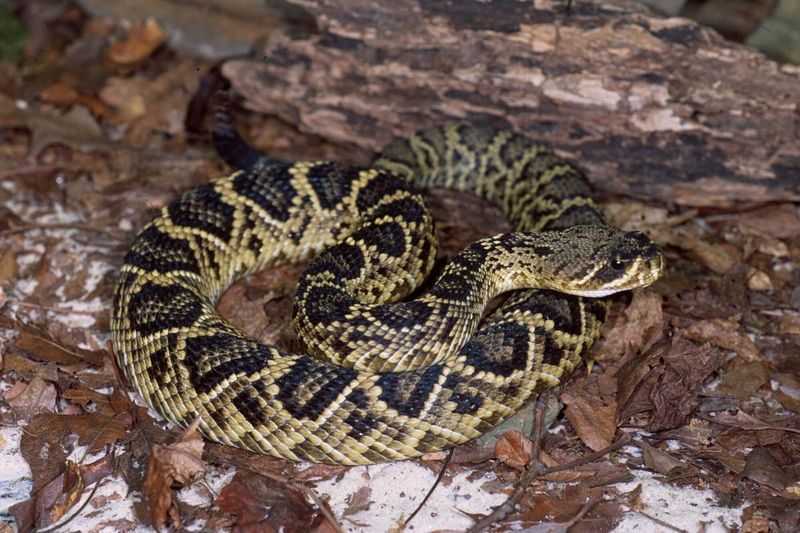
Florida offers snake enthusiasts unparalleled learning experiences! The state hosts dozens of reptile expos annually where experts share knowledge about proper husbandry and conservation.
Local wildlife rehabilitation centers frequently need volunteers to assist with rescued reptiles. These hands-on experiences provide invaluable knowledge while contributing to conservation efforts.
The Florida Snake Education Initiative even partners with schools to teach children about respecting rather than fearing these misunderstood creatures.
7. Responsible Ownership Is Emphasized
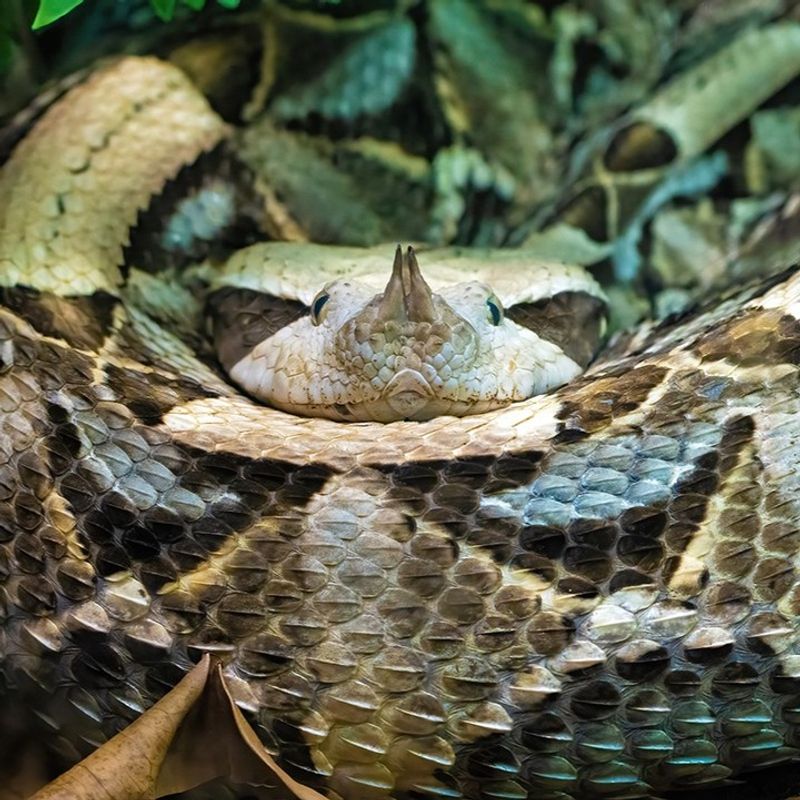
The snake community in Florida polices itself with remarkable vigilance. After witnessing irresponsible owners release unwanted pets, local herpetological societies established mentorship programs for new keepers.
Responsible ownership means committing to the entire lifespan of your snake—up to 30 years for some species! It also means understanding their specific dietary needs, habitat requirements, and potential adult size.
Florida’s pet surrender programs offer alternatives to releasing unwanted snakes into the wild. Organizations like the Reptile Adoption, Rehabilitation, and Education (RARE) provide safe havens for surrendered pets.
8. Legal Consequences For Non-Compliance
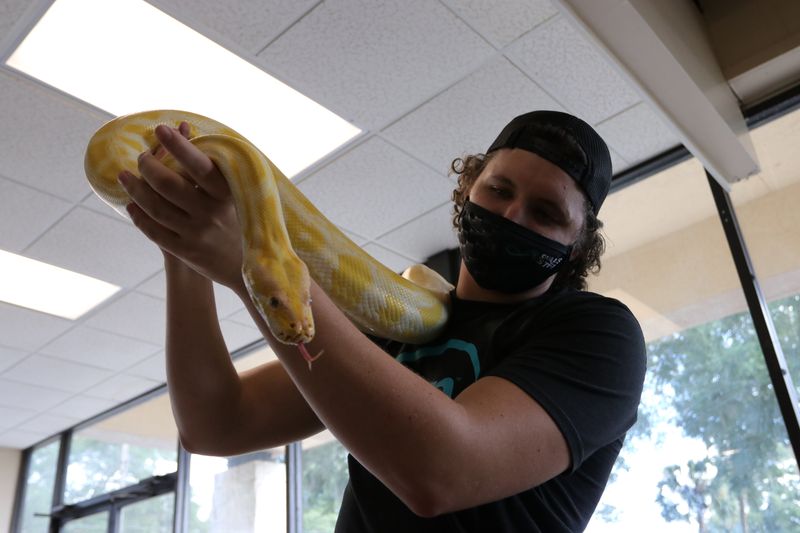
First-hand experience taught me this when a friend faced a $5,000 fine for an undocumented Burmese python.
Penalties range from misdemeanors with $500 fines to felonies carrying up to five years imprisonment and $10,000 in fines.
The state routinely conducts surprise inspections of known reptile keepers, and anonymous reporting systems make enforcement particularly effective.
Beyond financial penalties, non-compliant owners face confiscation of all reptiles—even legally owned ones. Florida judges rarely show leniency in these cases due to the documented ecological damage caused by released exotic species.
